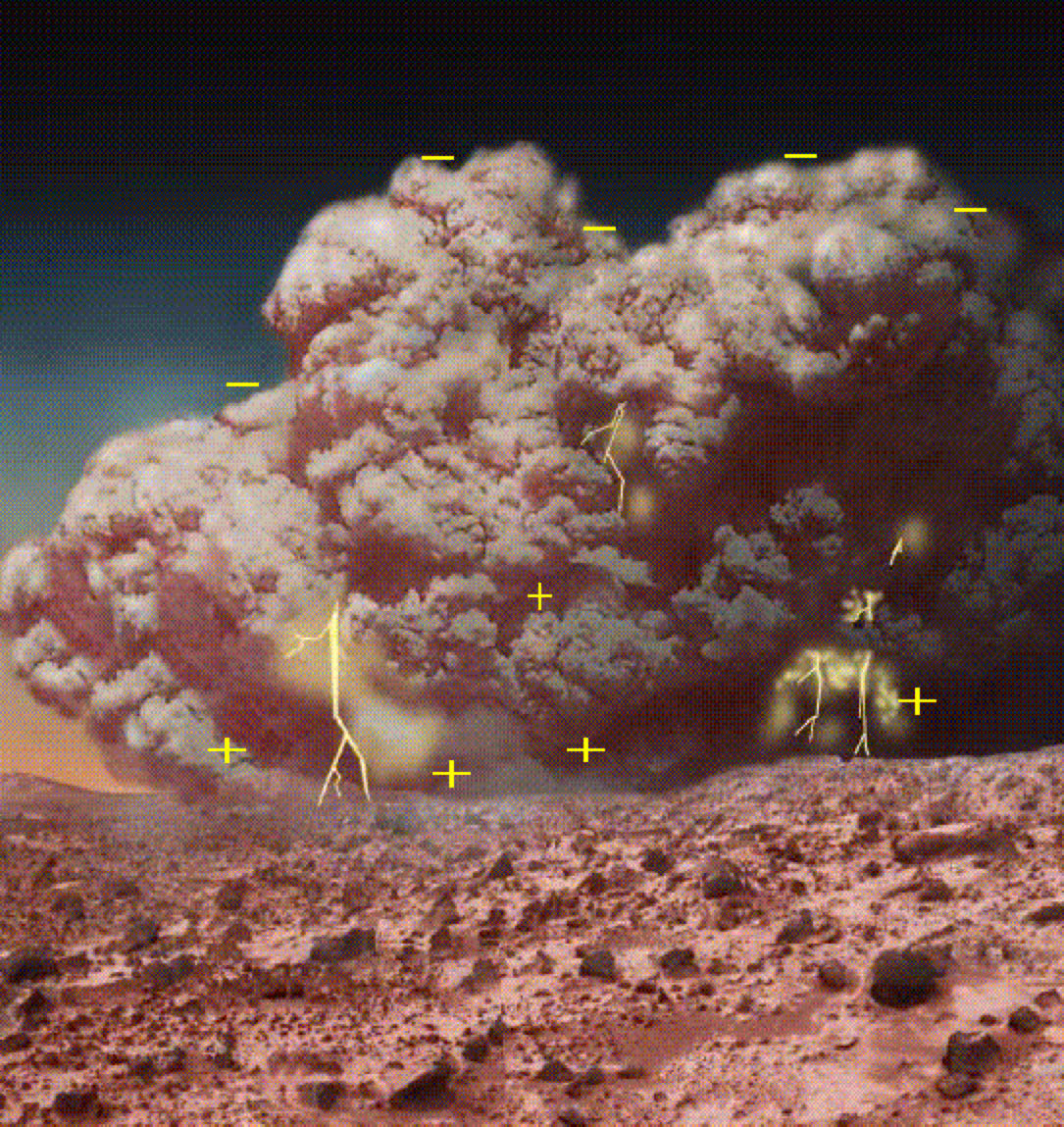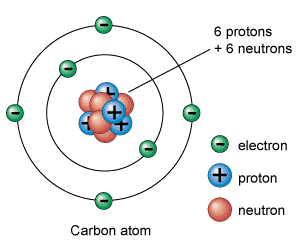[/caption]Wonder why you sometimes get zapped when touching a doorknob especially during winter? People will tell you it’s a simple case of static electricity. But what is static electricity?
In some texts, static electricity is a term supposedly used for electricity that does not deal with moving charges. Actually, there is movement of charges. In fact, when you get zapped, charges are actually moving between your fingers and the doorknob. However, the movement is only brief compared to the current in a closed circuit.
So how do stationary charges allow people to get zapped? To understand this phenomenon, try to recall the particles that make up an atom. That’s right, the protons, neutrons, and electrons.
Of the three, electrons are easily removed from an atom since the forces that bind them to an atom are weaker than those that hold the neutrons and protons together in the atoms’ nuclei.
Now, there are some materials that easily lose their electrons compared to others. We’ve included a list below ranking some materials based on their ability to lose electrons. The one at the top has a greater tendency to lose electrons while the one at the bottom has the least.
- human hands
- glass
- nylon
- fur
- silk
- aluminum
- steel
- hard rubber
- vinyl(PVC)
- Teflon
Such a list is known as a triboelectric series. A true triboelectric series would have positives and negatives but we won’t go into that here.
Therefore, based on the list, if you rubbed a glass rod with a silk cloth, it is the glass rod that would lose electrons to the cloth. When this happens, the glass rod becomes positively charged, while the silk cloth (having gained excess electrons) becomes negatively charged.
Then when you draw the glass rod close to small bits of paper, the positively charged glass rod repels the electrons in the paper (pushing them to one side in the paper) and attracting the positive side. This allows the bits of paper to stick to the glass rod.
In the case of people getting zapped, they usually gain electrons when they walk across a carpeted floor. The interaction is between the carpet and the soles of their shoes but the overall charge of their bodies get affected. You can imagine them as walking negatively-charged bodies.
So, when they touch a metal door knob, the excess electrons readily leap from their hands to the metal knob and they get zapped.
Actually, static electricity is a rather lengthy physics topic that covers more than just the zapping phenomena. It includes discussions on induction, conduction, Coulomb’s Law, and electric fields, to mention a few. However, when a regular person asks, “what is static electricity?”, he most likely wants you to explain about the painful sensation he experiences upon touching a door knob.
Coulomb’s Law deals with charges. Universe Today has articles talking about the charge of the proton and the charge of the electron.
NASA also has some related stuff. Check out the following articles:
Charges
Killer Electrons
Here are two episodes at Astronomy Cast that you might want to check out as well:
Antimatter
The Search for Dark Matter
Sources:
Wikipedia
How Stuff Works
The Physics Classroom



